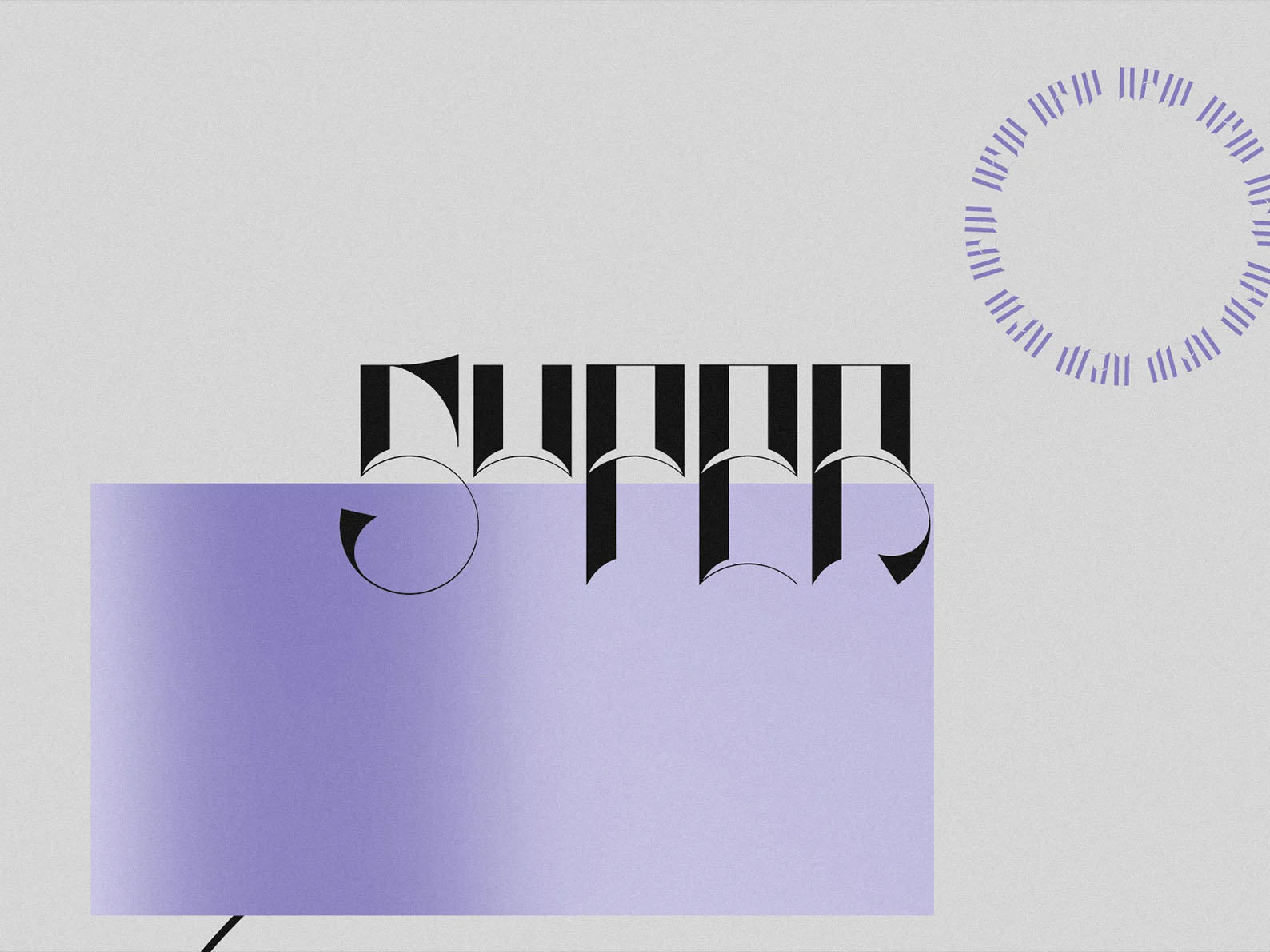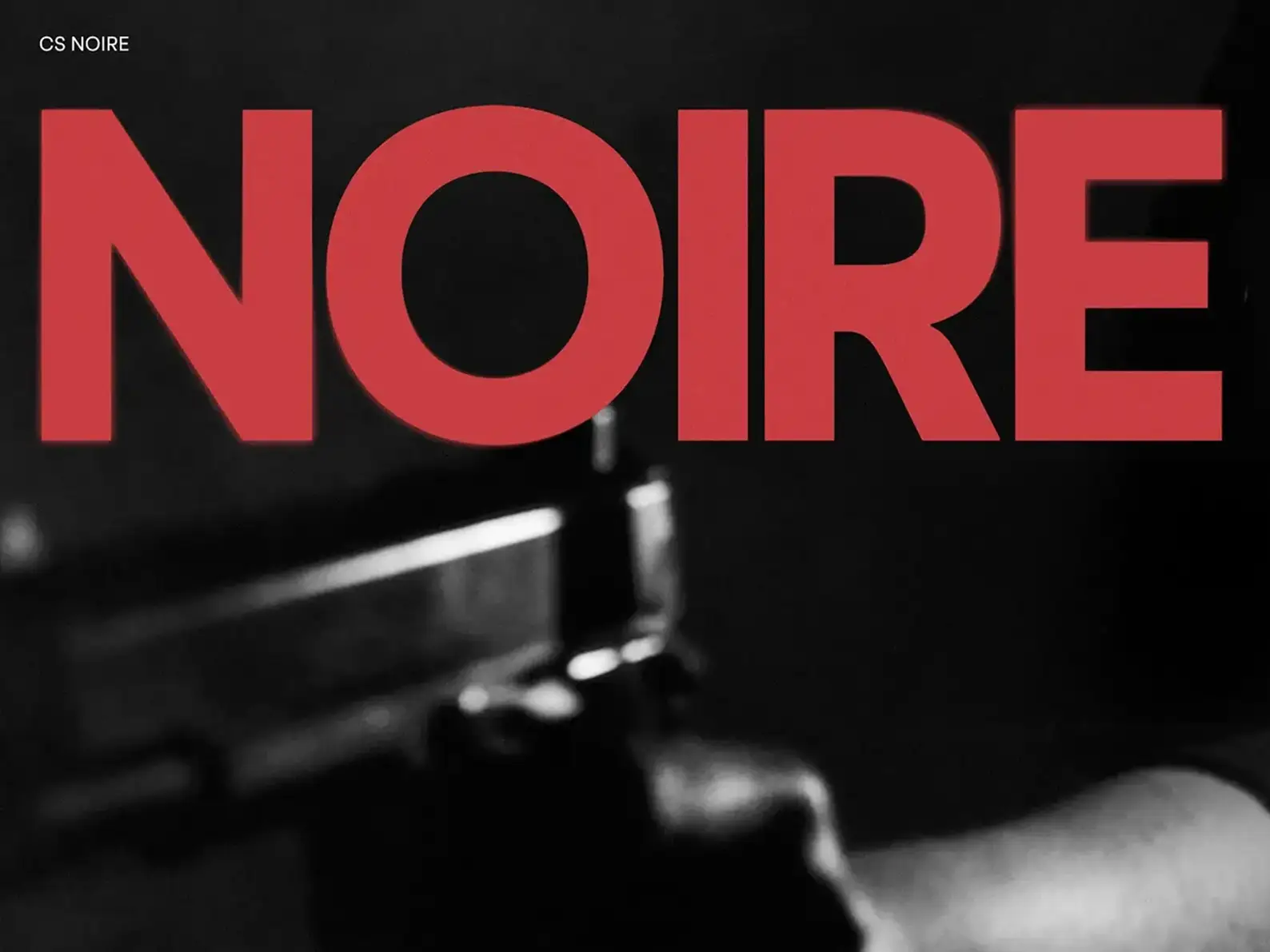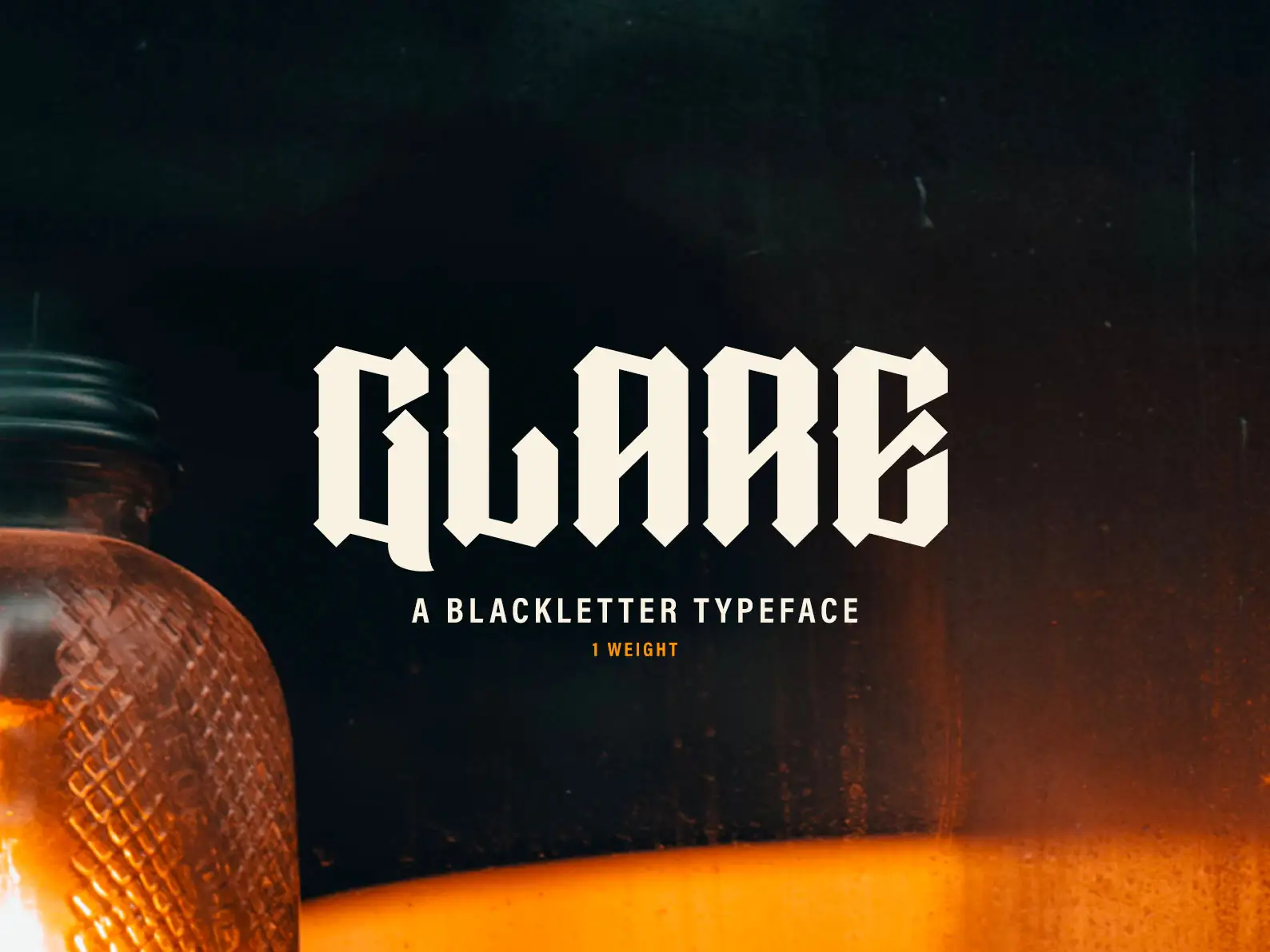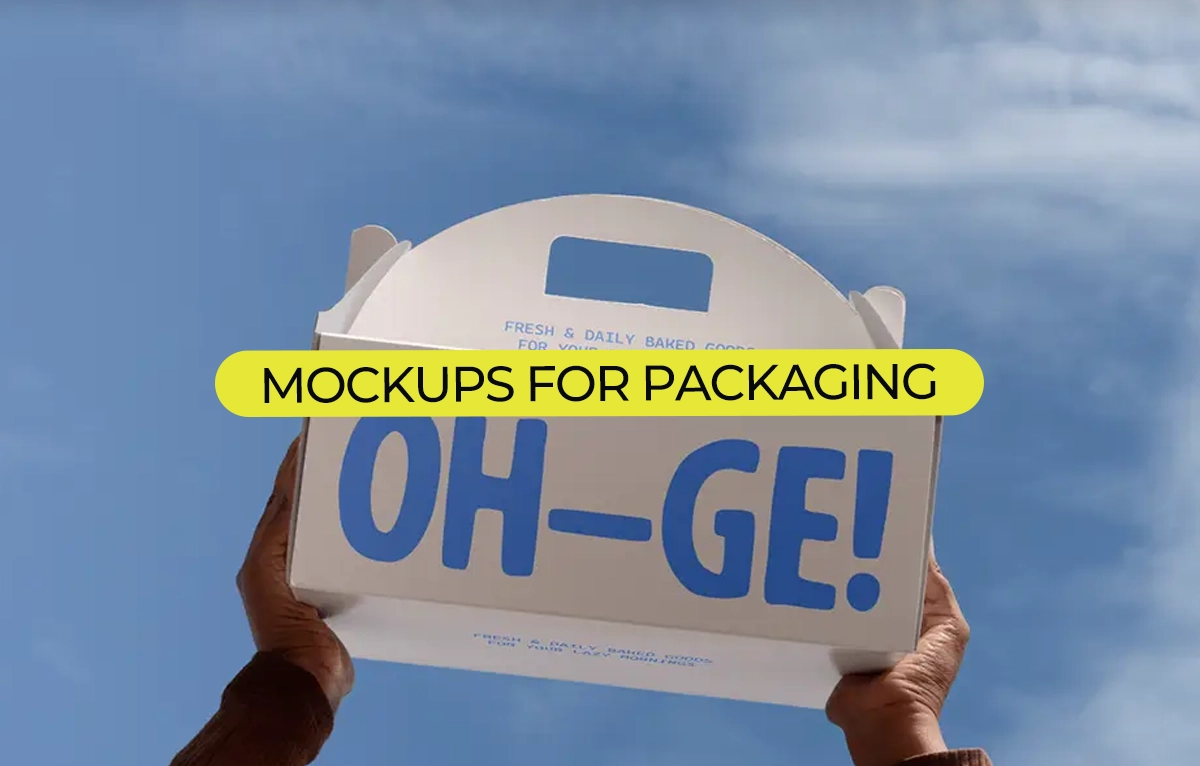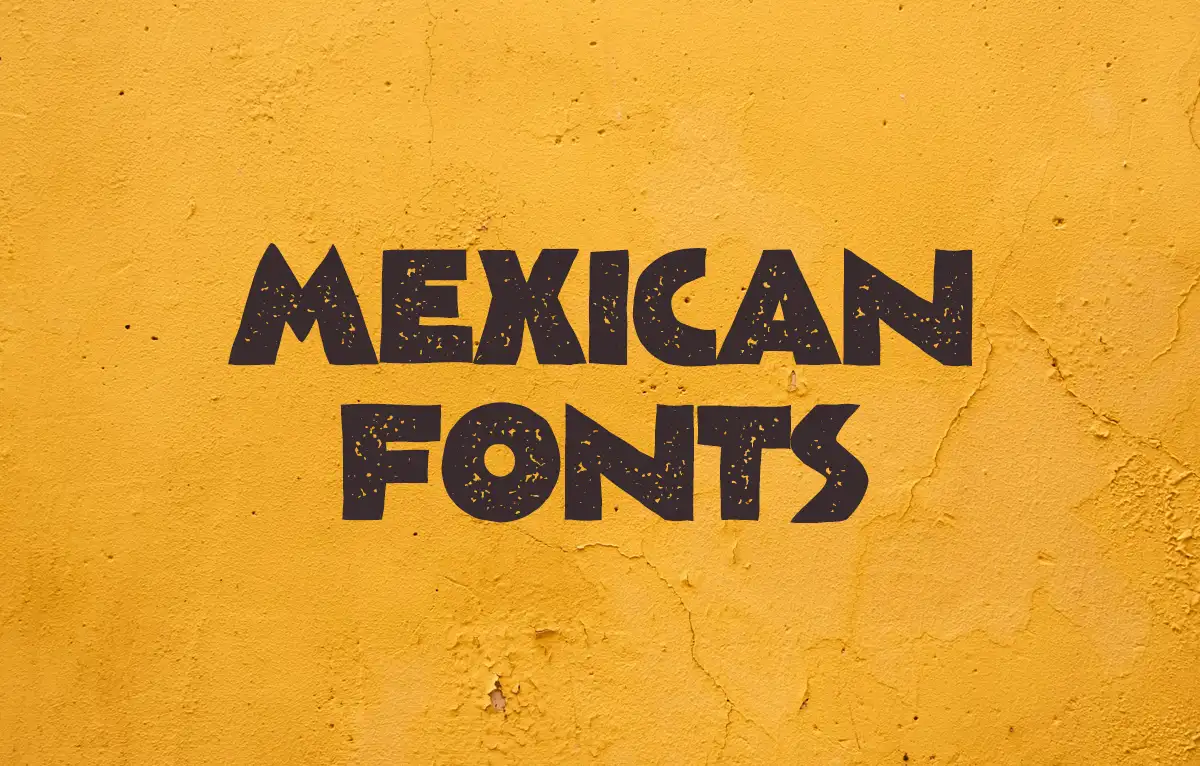Editorial Design Inspiration
Unconventional layouts that challenge traditional design rules
In a world saturated with predictable magazine layouts and cookie-cutter editorial designs, some creatives are pushing boundaries and challenging what we expect from printed matter. These innovative editorial designs abandon traditional grid systems, embrace experimental typography, and create immersive reading experiences that captivate audiences in unexpected ways.
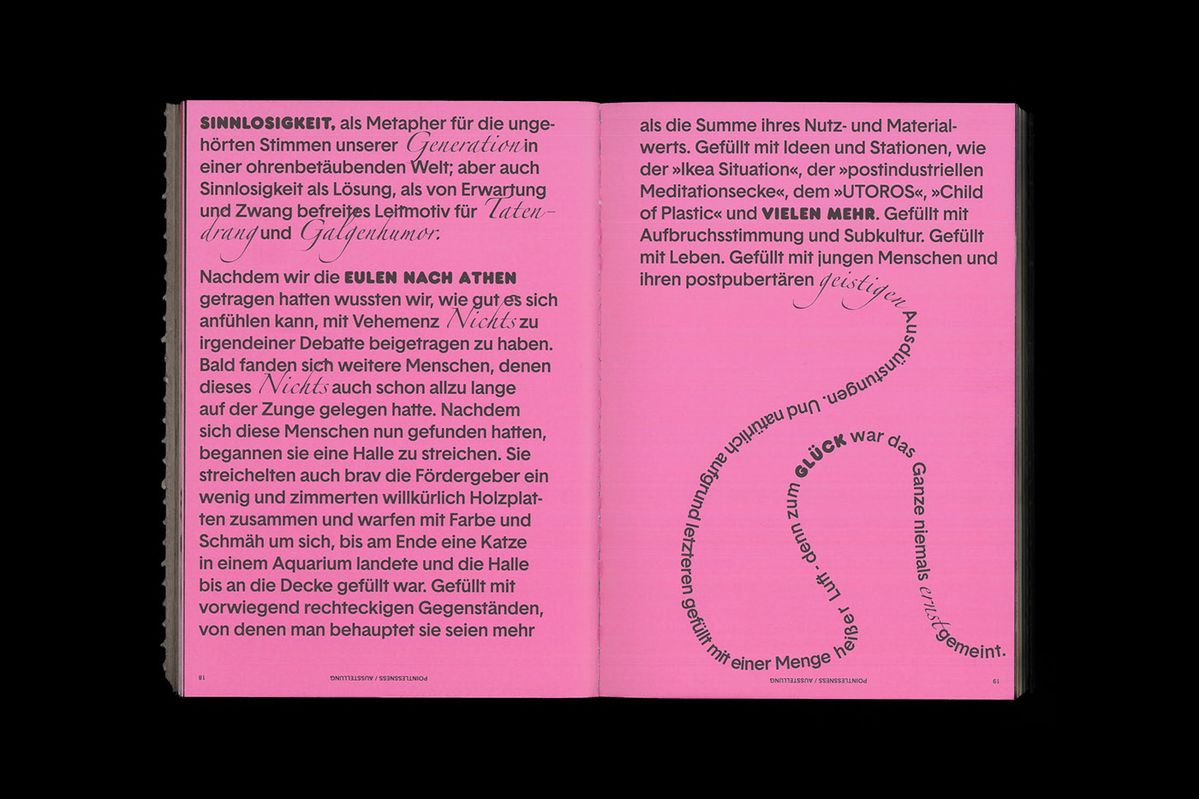
Editorial design that breaks convention creates memorable experiences and challenges readers' expectations
What Makes Editorial Design Truly Inspiring?
Inspiring editorial design goes beyond simply organizing text and images on a page. It creates a visual narrative that enhances the content, guides the reader's journey, and leaves a lasting impression. The most memorable editorial pieces are those that dare to be different – they use unconventional typography placement, experimental color palettes, and innovative layout structures that make readers stop and take notice.
Breaking the Grid: Curved Text and Dynamic Typography
Traditional editorial design often relies on rigid grid systems and horizontal text alignment. However, contemporary designers are increasingly experimenting with curved text paths, circular typography, and flowing letterforms that follow organic shapes. This approach creates visual rhythm and adds movement to static pages. When text curves around images or follows unexpected trajectories, it transforms reading from a linear experience into an exploratory adventure.
Color as Communication: Bold Palettes That Command Attention
While many publications stick to safe, neutral color schemes, groundbreaking editorial design embraces bold, saturated colors as primary design elements. Vibrant magentas, electric yellows, and rich gradients don't just decorate the page – they communicate mood, hierarchy, and meaning. Strategic color use can guide readers through complex information, create emotional responses, and establish strong brand identity.
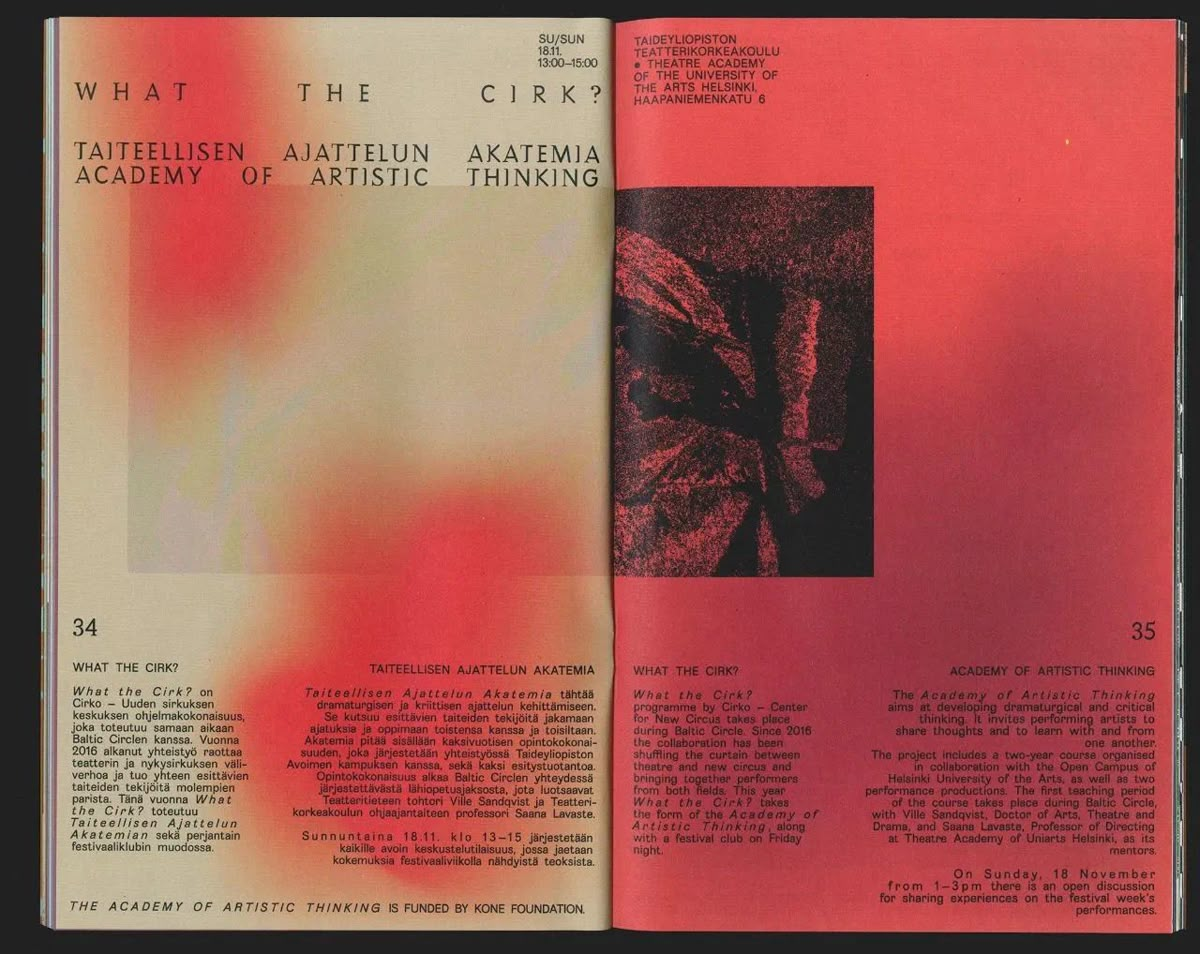
Academy of Artistic Thinking - A project by Cirko – Center for New Circus, Helsinki, led by Jarkko Lehmus and Ville Sandqvist
Multilingual Design: Navigating Cultural Typography
Contemporary editorial design often needs to accommodate multiple languages and writing systems. The most successful approaches don't simply translate text – they thoughtfully integrate different typographic traditions. Combining Latin and Japanese characters, Arabic script with English, or Cyrillic with Roman letterforms requires sophisticated understanding of how different writing systems interact visually and culturally.
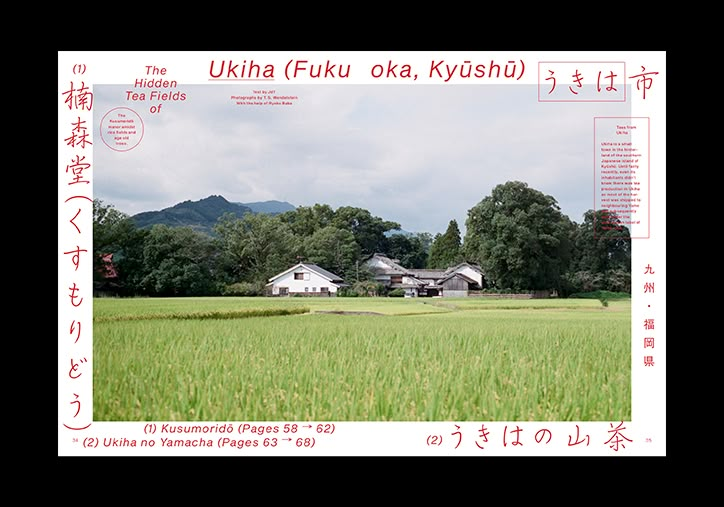
Journal du Thé Chapter 2 - Design by Studio 75W, created by Johanna Tagada and Tilmann S. Wendelstein, published by Poetic Pastel Press
Experimental Layout Techniques
Modern editorial designers are abandoning traditional column structures in favor of more dynamic approaches. Overlapping elements, unconventional text placement, and asymmetrical compositions create visual tension that keeps readers engaged. Some techniques include layering text over imagery in unexpected ways, using negative space as an active design element, and creating visual hierarchies that don't follow conventional top-to-bottom reading patterns.
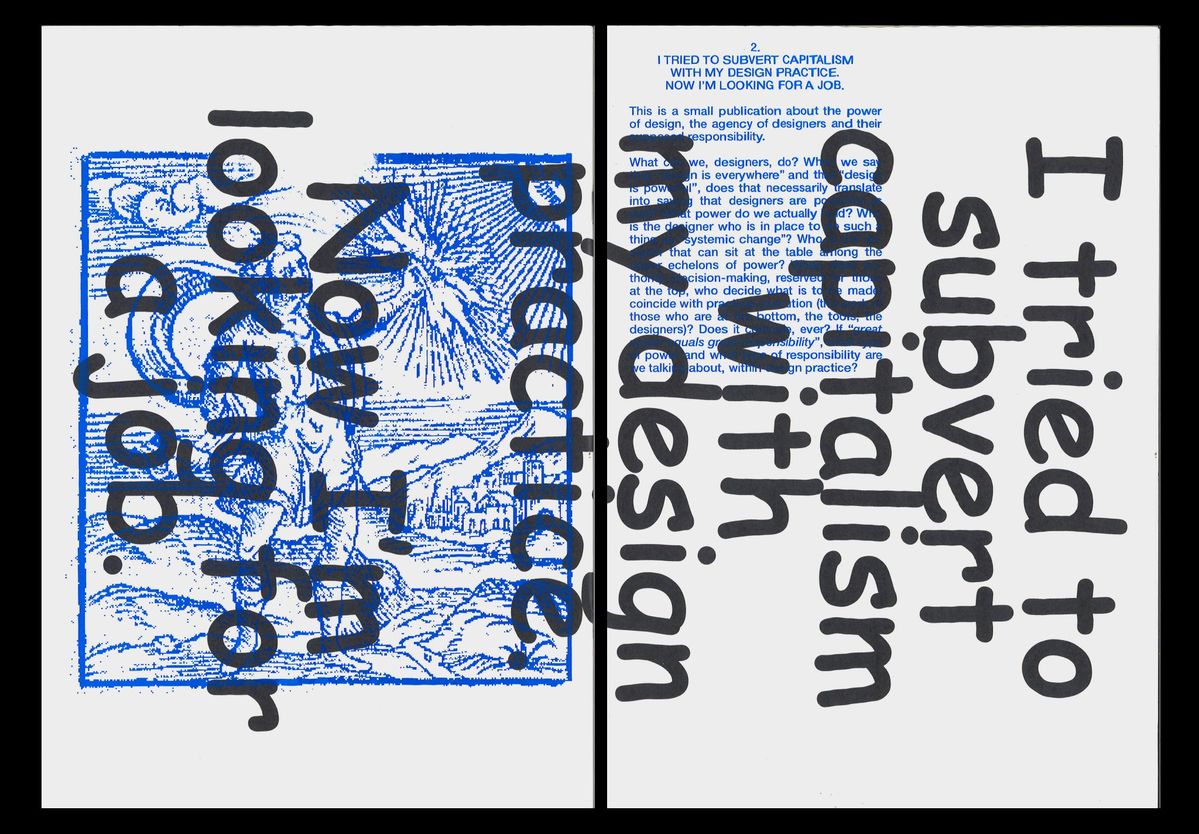
Bold experimental layout combining screen printing, overlapping elements, and provocative typography challenges conventional design practice
Typography as Art: When Letters Become Visual Elements
The most innovative editorial designs treat typography as both informational and decorative. Large-scale letterforms, experimental font mixing, and typographic illustration transform text from mere content delivery into artistic expression. This approach requires careful balance – the typography must remain readable while serving aesthetic purposes.
Digital vs Print: Different Rules for Different Media
While digital editorial design offers interactive possibilities, print design allows for tactile experiences and permanent artistic statements. The most successful contemporary editorial work understands these differences and leverages each medium's unique strengths. Print designs can be more experimental and artistic because they don't need to adapt to various screen sizes or accommodate interactive elements.
Case Study: Maximalist Design Approaches
Some of the most striking editorial work embraces maximalist principles – filling every inch of space with purposeful design elements. This approach requires exceptional skill to avoid visual chaos. Successful maximalist editorial design creates organized complexity where every element serves a purpose and contributes to the overall narrative flow.
The Psychology of Unconventional Layouts
When readers encounter unexpected layout choices, it creates cognitive engagement that can enhance memory retention and emotional connection. Surprising design elements force active rather than passive reading, making the content more memorable. However, this approach requires careful balance – too much innovation can become distracting rather than engaging.
Technical Considerations for Experimental Design
Creating unconventional editorial layouts requires advanced technical skills and careful planning. Designers must consider printing limitations, paper choices, binding methods, and production costs. Curved text, unusual color combinations, and complex layering can present significant production challenges that need to be addressed during the design phase.
Environmental and Social Themes in Editorial Design
Many contemporary editorial projects tackle serious environmental and social issues, using innovative design to make complex topics accessible and engaging. The visual treatment becomes part of the message – urgent topics demand urgent visual language. Color psychology, typography choices, and layout decisions all contribute to the communication of important ideas.
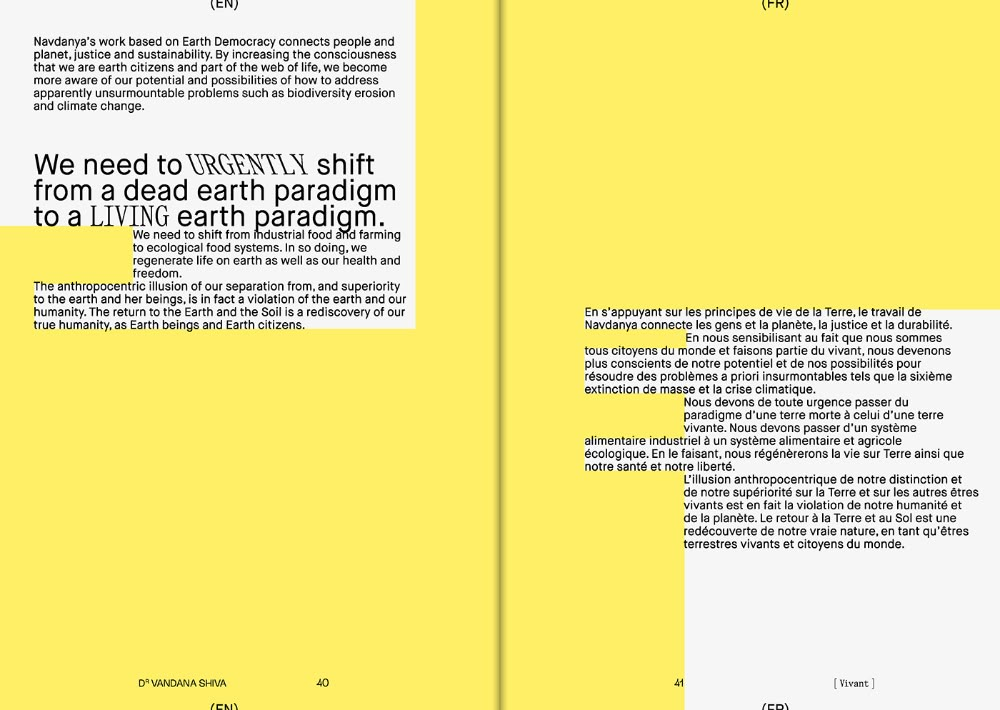
Environmental messaging enhanced through strategic color use and bilingual typography creates urgency around ecological topics
Tools and Software for Experimental Editorial Design
Creating unconventional editorial layouts requires mastery of design software and sometimes custom coding. Key tools include:
- Adobe InDesign - Industry standard for complex typography and layout
- Adobe Illustrator - Essential for custom typography and vector illustrations
- Custom CSS/HTML - For digital editorial with unique interactive elements
- Processing or p5.js - For generative typography and experimental layouts
Building a Portfolio of Editorial Excellence
- Experiment with personal projects to push creative boundaries
- Study historical and contemporary examples of innovative editorial design
- Collaborate with writers and content creators who appreciate experimental approaches
- Document your design process and decision-making for case studies
The Future of Editorial Design
As print media evolves and digital publications become more sophisticated, editorial designers who can navigate both traditional and experimental approaches will find the most opportunities. The key is understanding when to break rules effectively – knowing which conventions serve readers and which ones limit creative expression.
Inspiring Your Own Editorial Experiments
Start by questioning every design decision. Why does text need to be horizontal? Why should images only serve as illustrations rather than integral layout elements? Why must reading paths be linear? The most innovative editorial design comes from challenging these fundamental assumptions while maintaining respect for the reader's experience and the content's message.
Conclusion: Redefining Editorial Excellence
Great editorial design isn't just about making information digestible – it's about creating experiences that surprise, engage, and inspire. By studying unconventional approaches and understanding both their successes and limitations, designers can develop the skills and confidence needed to push editorial design into new territory.
The future of editorial design belongs to those who can balance innovation with functionality, creating work that serves both the content and the reader while challenging expectations and expanding possibilities. Whether working in print or digital media, the principles of thoughtful experimentation and purposeful rule-breaking will continue to define the most memorable and effective editorial design.
Image Credits & Sources
Featured editorial designs include work from Journal du Thé Chapter 2 (designed by Studio 75W, created by Johanna Tagada and Tilmann S. Wendelstein, published by Poetic Pastel Press) and the Academy of Artistic Thinking project by Cirko – Center for New Circus, Helsinki. Additional examples showcase contemporary experimental editorial approaches that challenge traditional layout conventions.
